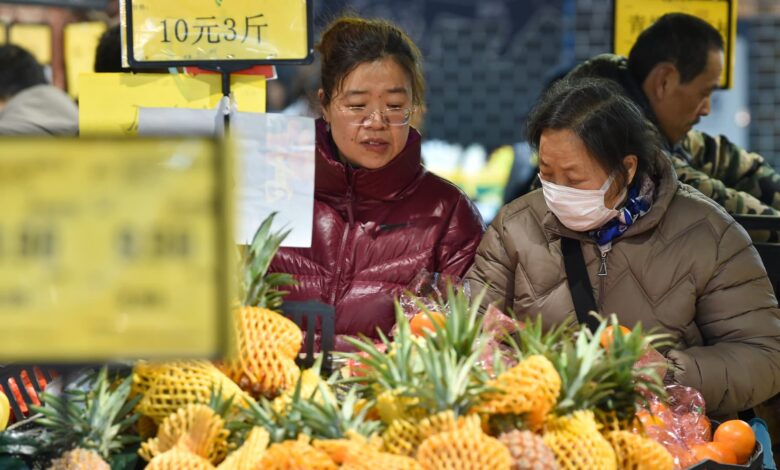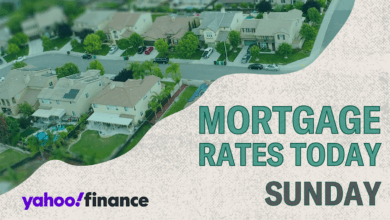China’s retail sales disappoint as stimulus fails to spur demand; industrial output defies tariffs

China’s retail sales growth slowed in April, according to data released by the National Bureau of Statistics. Retail sales rose by 5.1% from a year earlier, missing analysts’ estimates of 5.5% growth. This slowdown in consumption signals concerns for the world’s second-largest economy.
Industrial output, on the other hand, grew by 6.1% year on year in April, surpassing analysts’ expectations of a 5.5% rise. However, this growth was slower than the 7.7% increase seen in March. This indicates that the impact of U.S. tariffs on China was not as severe as anticipated.
The statistics bureau cautioned that there are still many uncertainties in the external environment that could affect China’s economic recovery. Fixed-asset investment, which includes property and infrastructure investment, rose by 4.0% in the first four months of the year, slightly below analysts’ expectations.
The urban unemployment rate in April eased to 5.1% from 5.2% in March, despite concerns of significant job losses due to the U.S.-China trade war. Both countries had imposed tariffs on each other’s imports, leading to fears of an economic slowdown.
In response to questions about the trade conflict, the statistics bureau spokesperson highlighted Beijing’s efforts to diversify exports to other regions. China’s exports surged in April, with shipments to Southeast Asian countries offsetting a drop in exports to the U.S.
However, domestic demand, including consumption, still lacked momentum. Automobile sales only grew by 0.7% in April, compared to a 5.5% increase in March. The real estate sector also faced challenges, with a 10.3% decline in fixed asset investment in this area.
Despite these challenges, there are signs of cautious optimism. The recent trade truce between the U.S. and China has led to upgrades in growth forecasts for the Chinese economy. Global investment banks have raised their projections for China’s GDP growth, citing positive economic data in April.
Nomura, for example, raised its forecast for China’s GDP growth for the second quarter to 4.8% and the full-year growth projection to 3.7%. However, the bank warned of risks from a prolonged housing slump and potential tariff escalations by the U.S.
While the trade truce has provided some relief, concerns remain about the impact of tariffs on China’s economy. Factory activity dropped to a 16-month low in April, and wholesale prices experienced the steepest decline in six months. Consumer prices also fell, indicating deflationary pressures.
To stimulate consumption and support businesses affected by tariffs, the Chinese government has implemented stimulus measures. The People’s Bank of China recently cut the seven-day reverse repurchase rates to boost liquidity in the economy.
Overall, while there are challenges facing China’s economy, there are also reasons for cautious optimism. The trade truce with the U.S. and stimulus measures from the Chinese government could help support economic growth in the coming months. The People’s Bank of China (PBOC) has announced a reduction in its main policy rate, known as the loan prime rate (LPR), by approximately 10 basis points. This decision was made by Governor Pan Gongsheng and is expected to take effect immediately. The PBOC is set to reveal the new one-year and five-year LPR for May on Tuesday.
The reduction in the LPR is aimed at stimulating economic growth and providing support to businesses and consumers. By lowering the borrowing costs, the central bank hopes to encourage more spending and investment in the economy. This move comes as China continues to recover from the impact of the COVID-19 pandemic and seeks to boost its economic recovery.
The PBOC’s decision to lower the LPR reflects its commitment to maintaining stability and supporting growth in the face of global economic challenges. It is part of a broader strategy to ensure that China’s economy remains resilient and competitive in the long term.
In conclusion, the PBOC’s decision to reduce the loan prime rate by 10 basis points is a significant move that is expected to have a positive impact on the economy. It is a proactive step towards supporting economic growth and providing much-needed relief to businesses and consumers. Stay tuned for more updates on the one-year and five-year LPR announcement on Tuesday.





